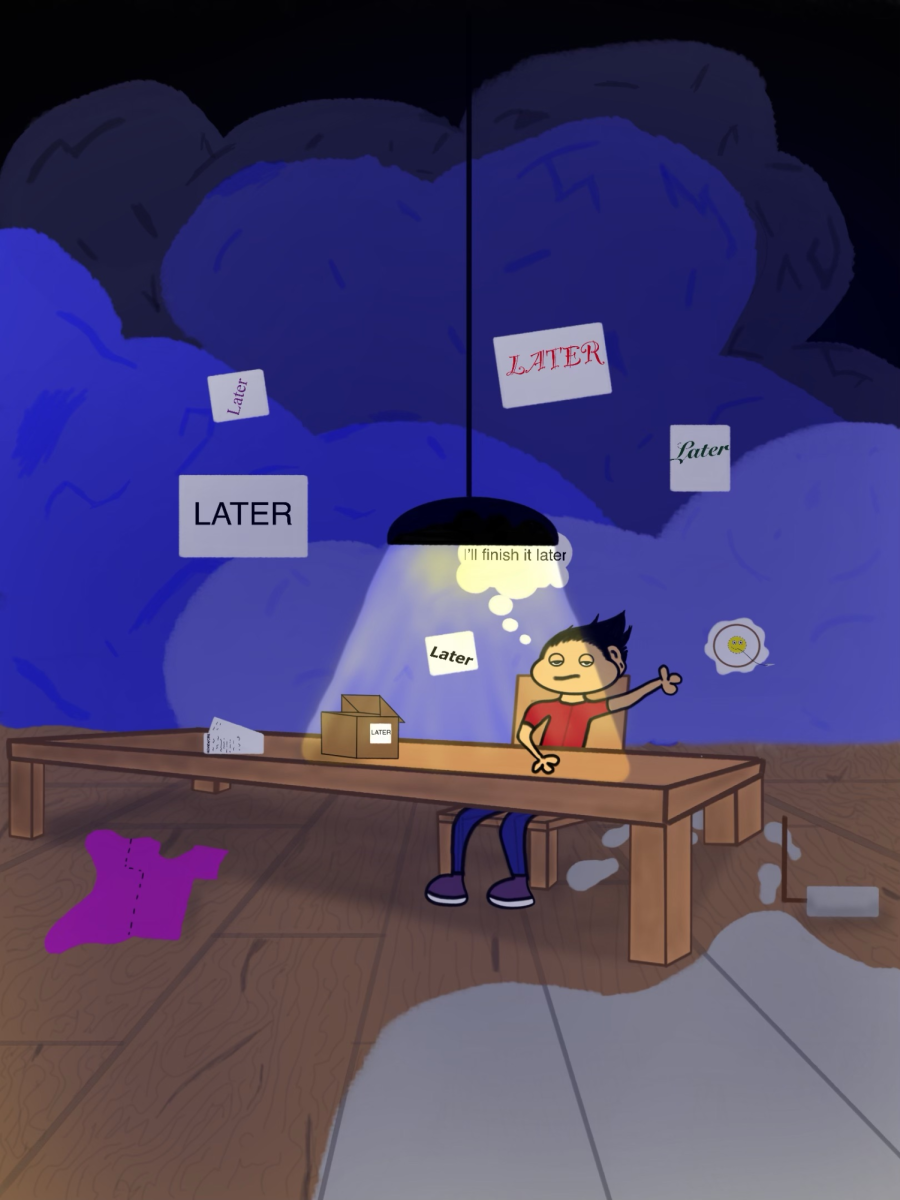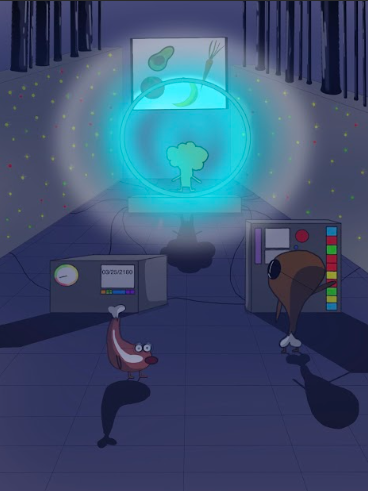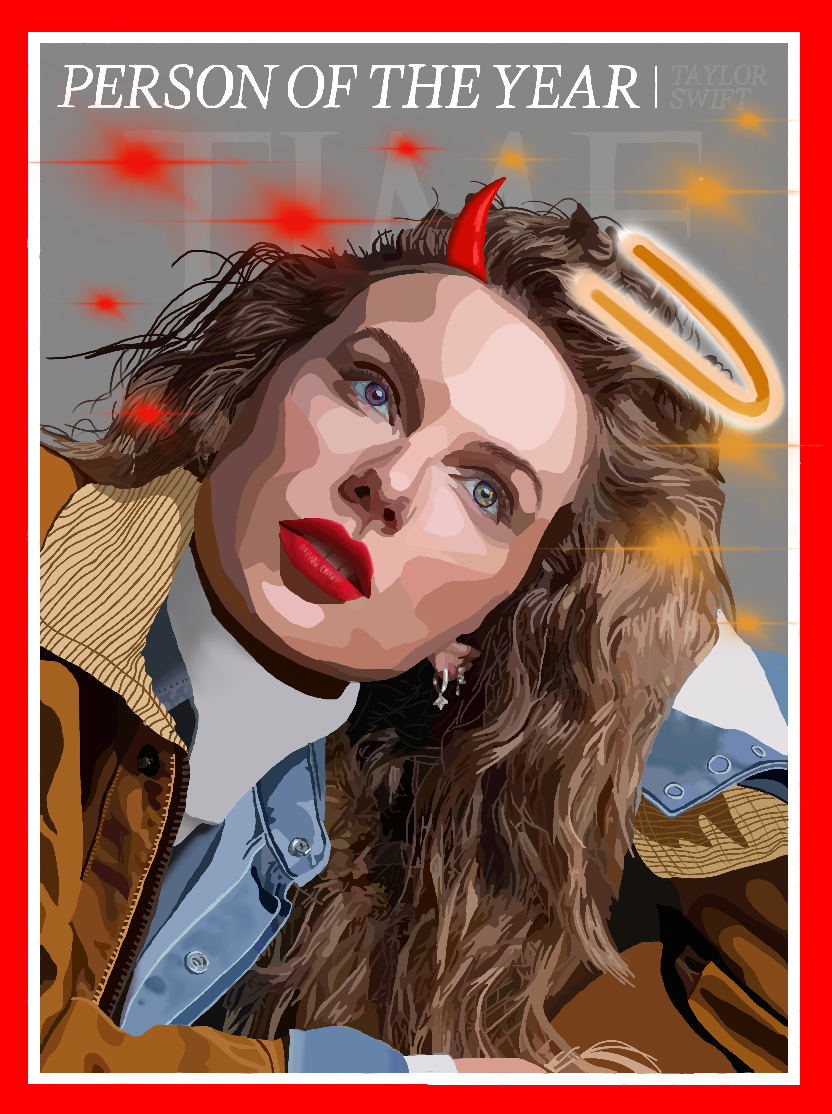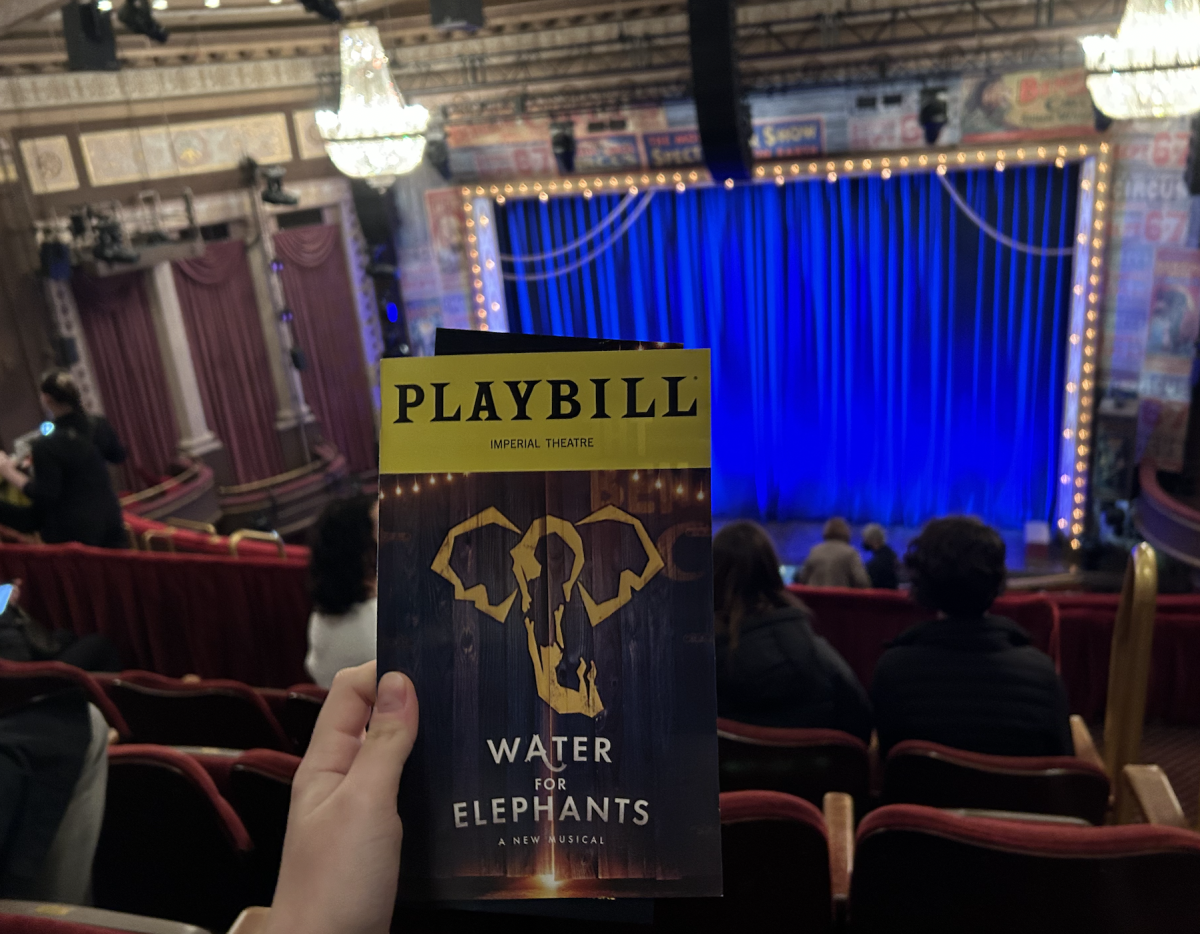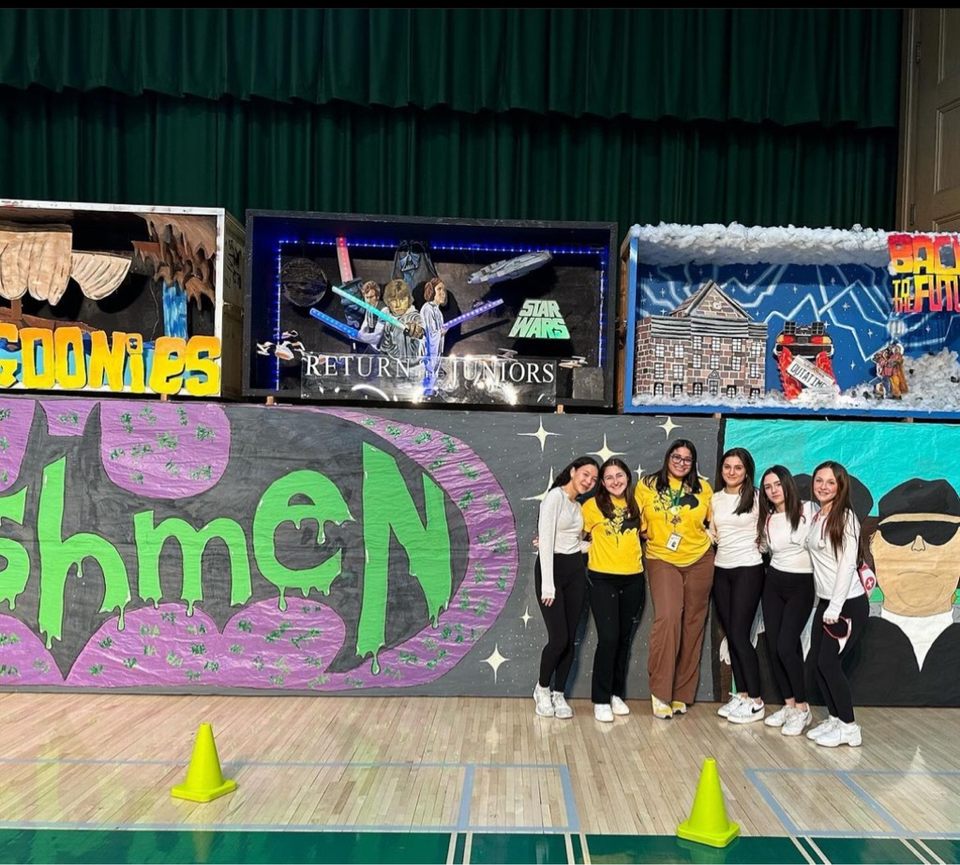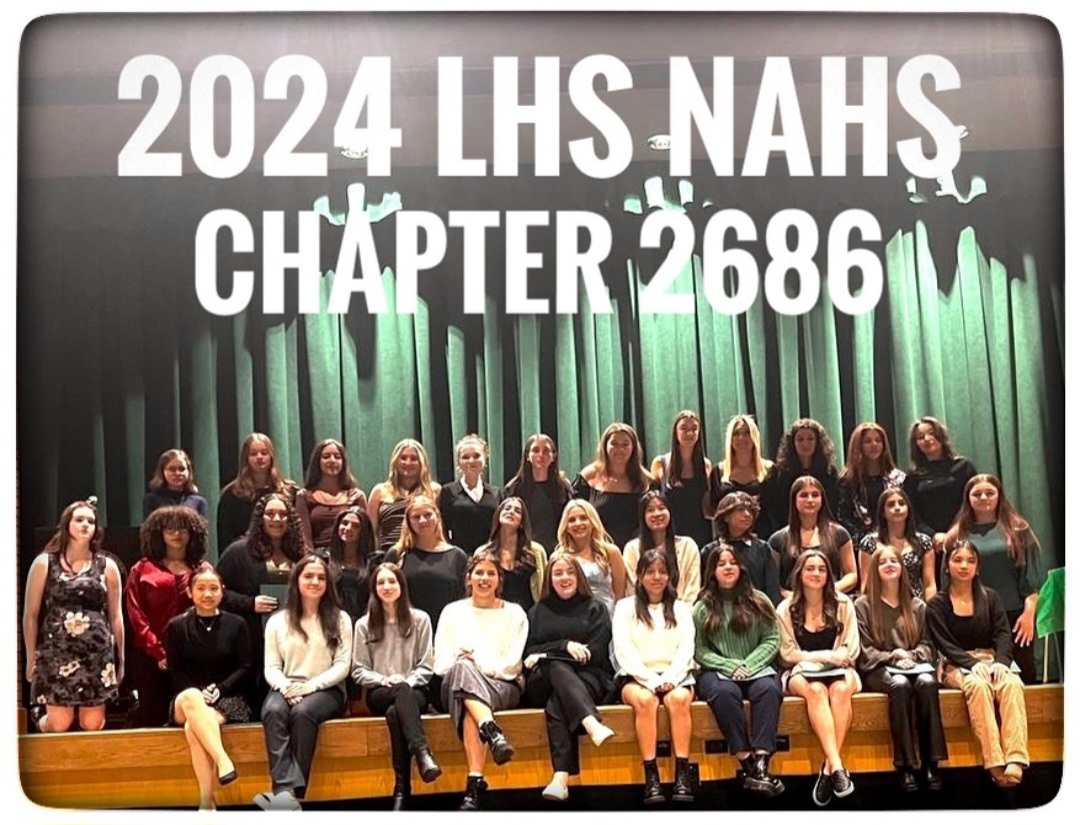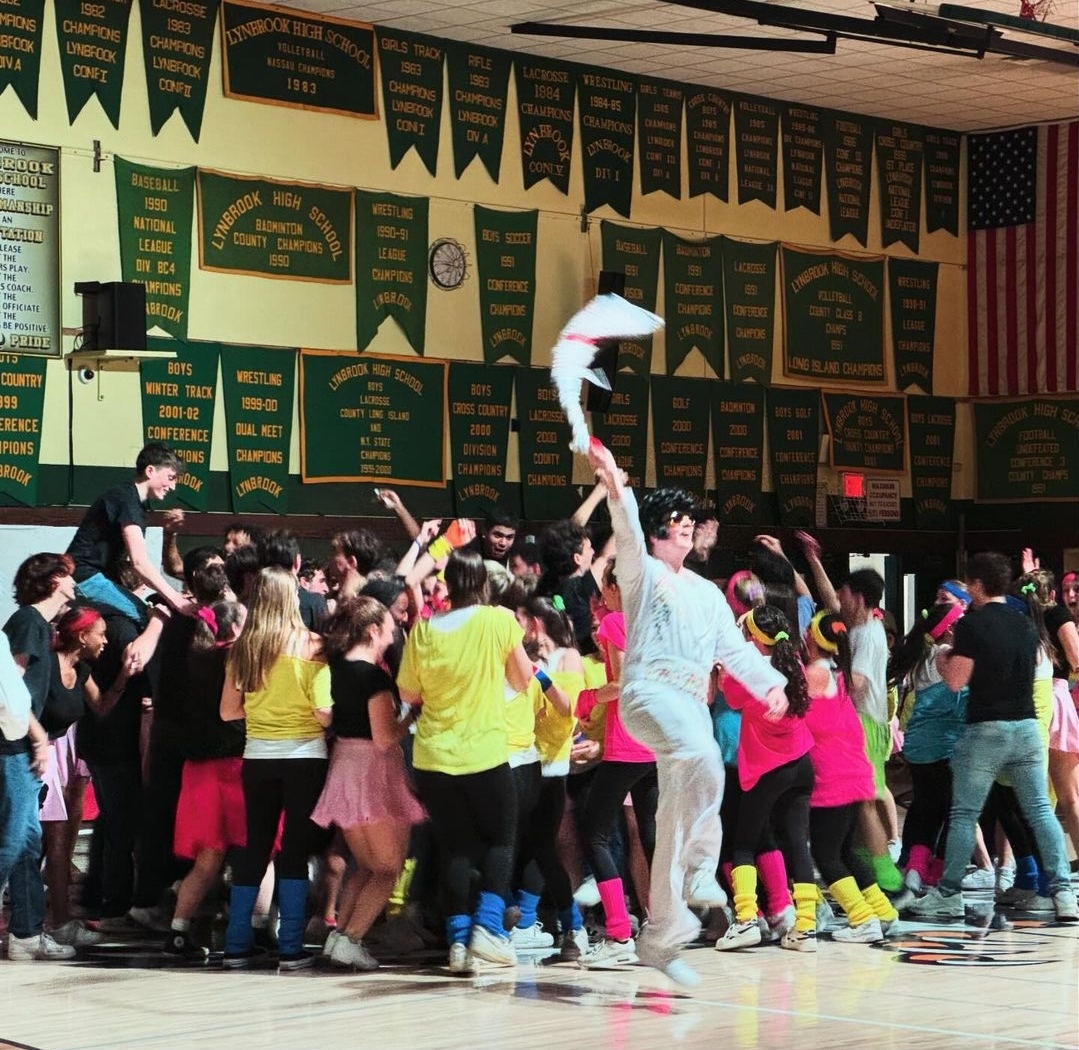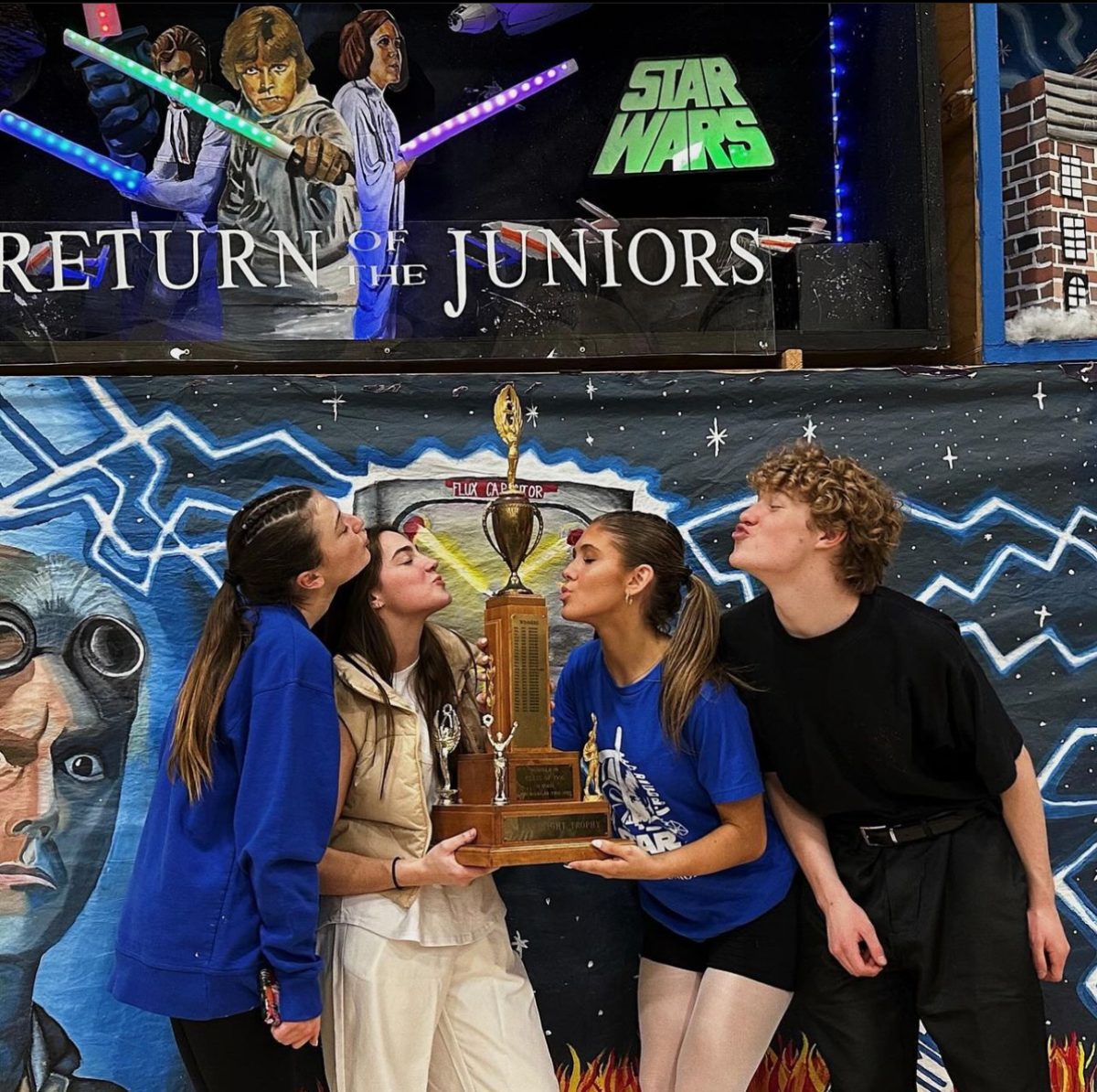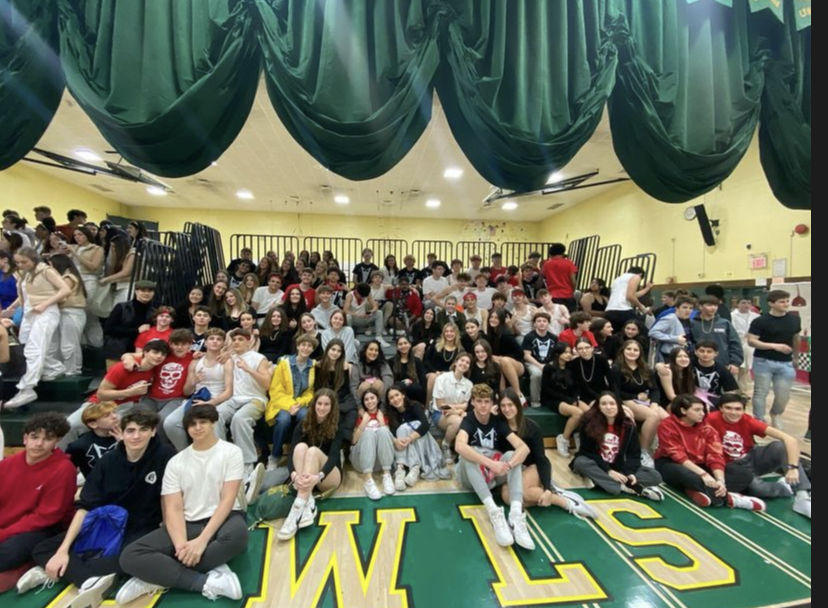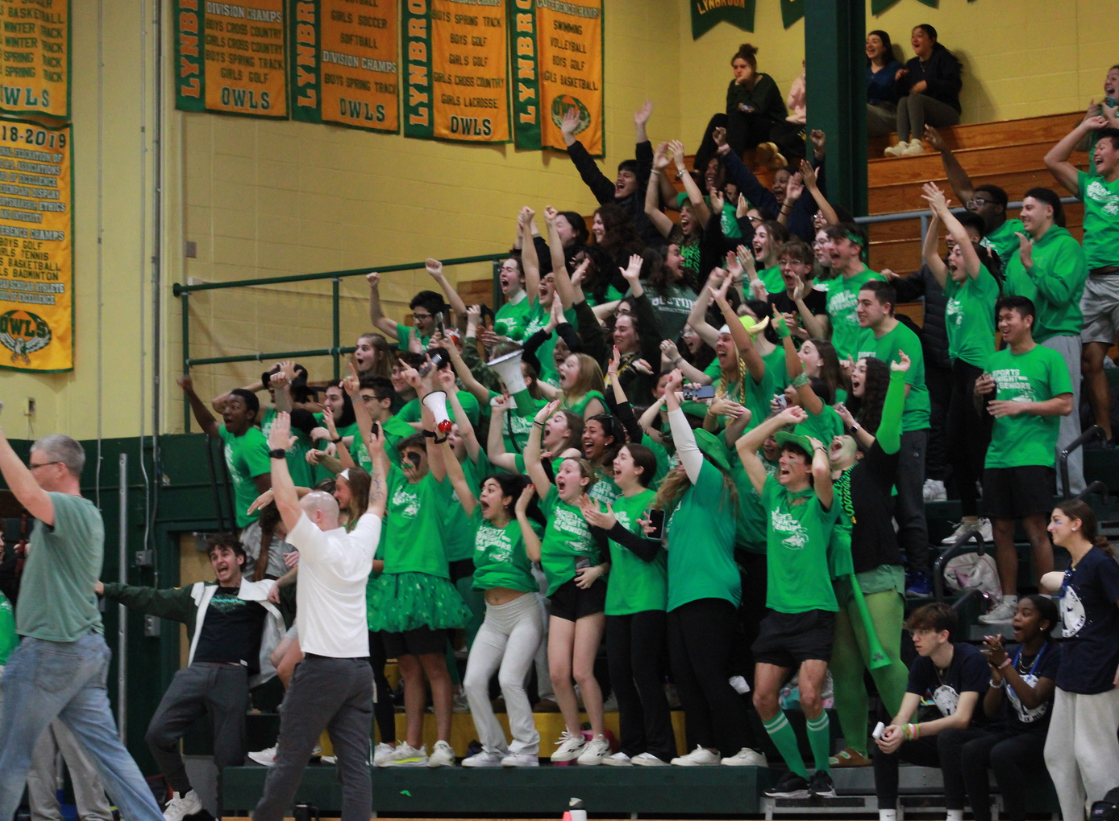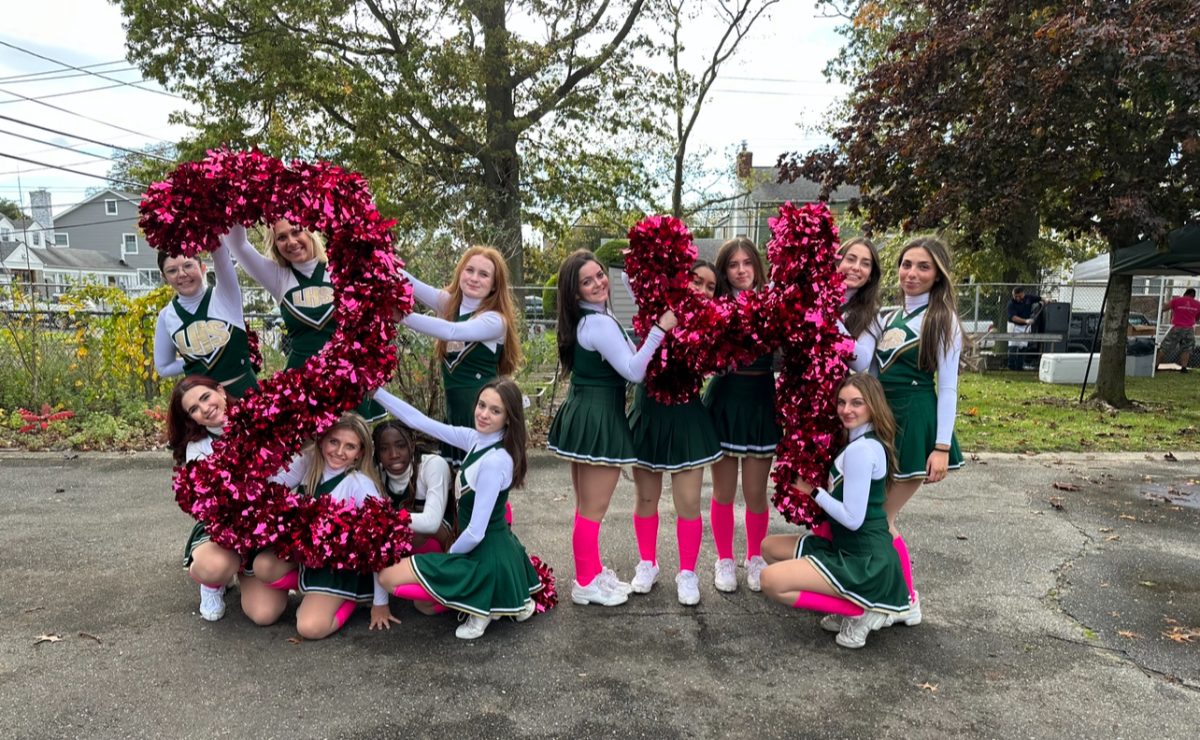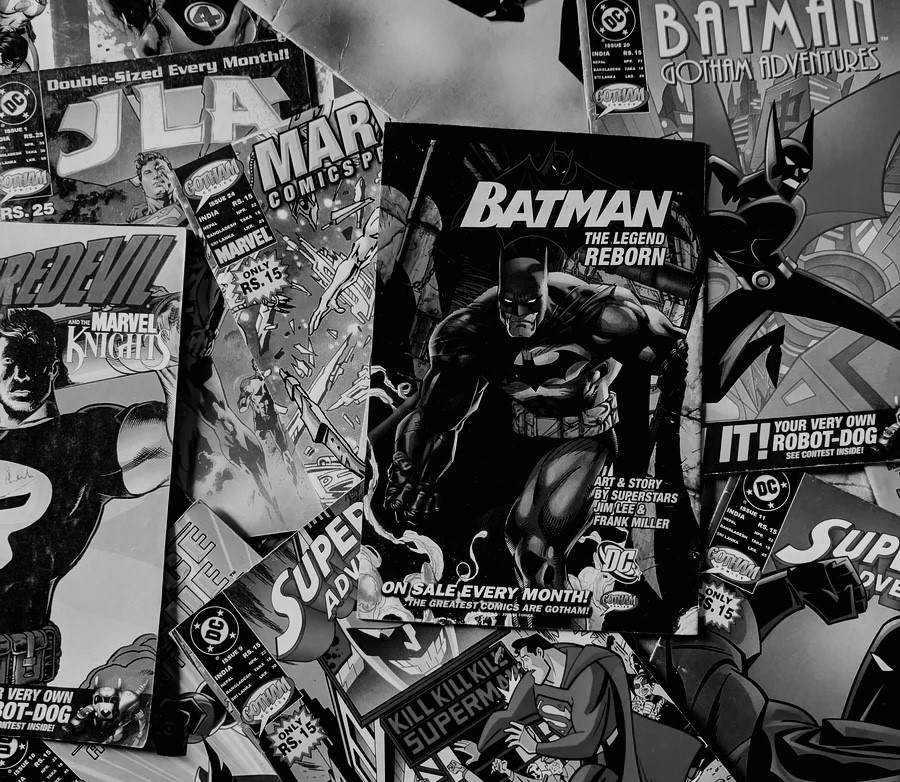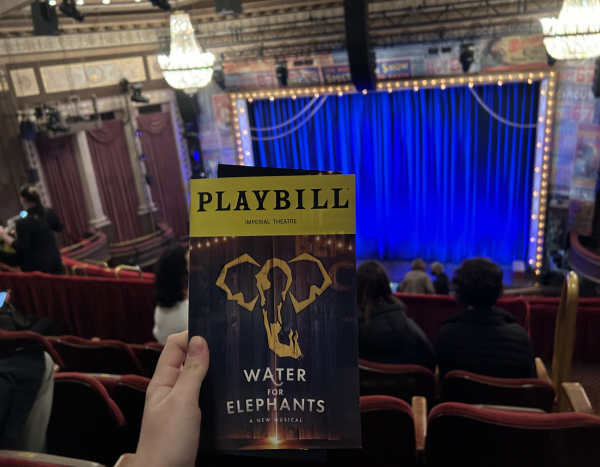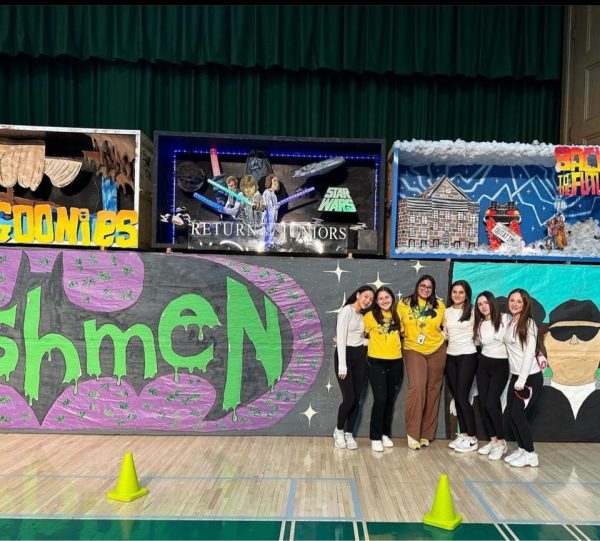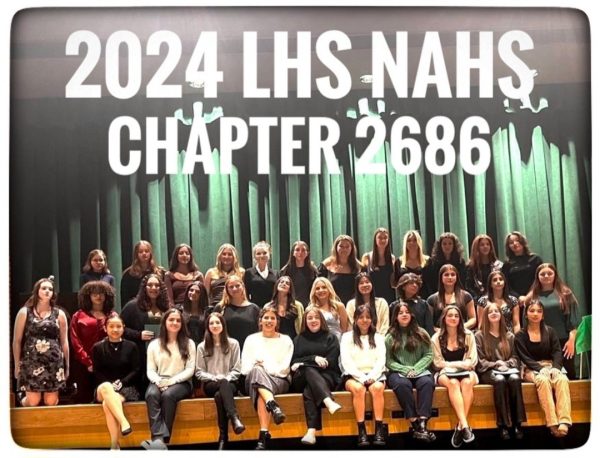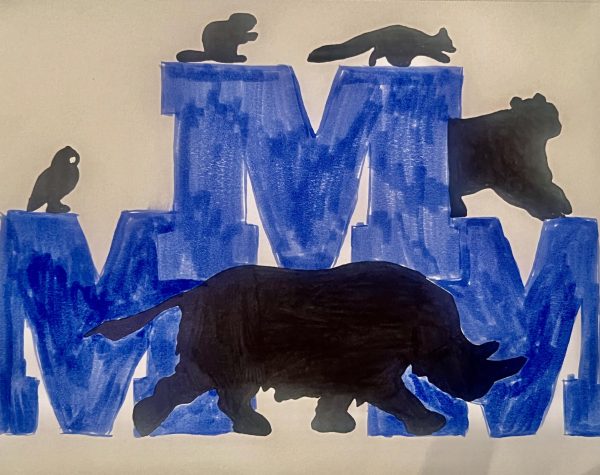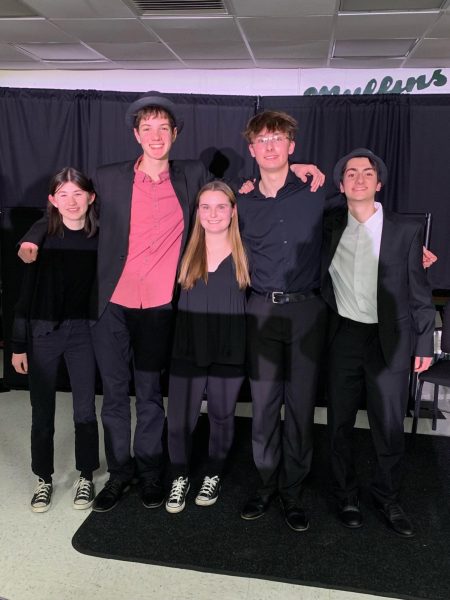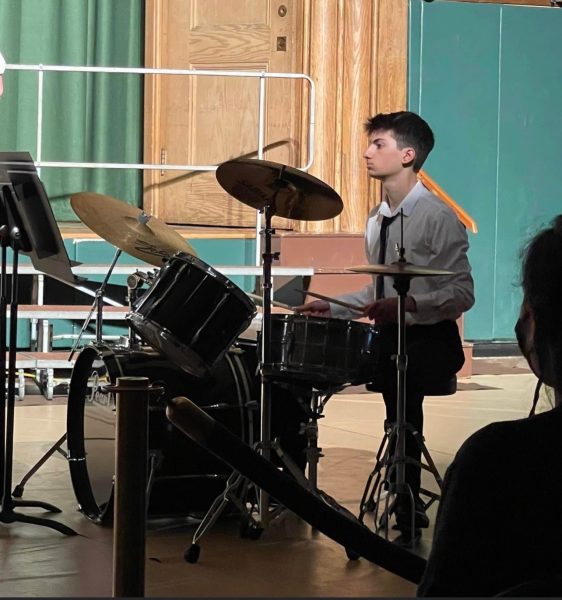Zach Snyder’s Justice League Review
Film Director Zack Snyder was finally able to release his director’s cut of the DC team-up film The Justice League. The original movie was released in 2019, but during filming, Snyder had to leave due to the death of his daughter Autumn. Joss Whedon took over the project, but his version of the movie received mainly negative reviews. Due to an immense amount of DC fans who wanted to see Snyder’s original idea for the movie, HBO Max and Warner Bros. decided to release Zack Snyder’s Justice League film.
There is much to be compared between the original cut of The Justice League to Snyder’s: character portrayal, new characters, the overall aesthetic, the directing style, and even the difference in the soundtracks.
“The Justice League Snyder Cut was the perfect redemption movie for DC’s past 2017 Justice League,” said senior Chris Gragnano. “It was a beautiful blend of action and emotion. Snyder’s Cut is a movie to remember, and a wonderful start to the future of the DC universe,” added Gragnano.
THE CHARACTERS
First off, there were some major differences in the character representation of Clark Kent (A.K.A. Superman) in the original adaptation of the movie. Kent is brought back to life after Steppenwolf, a servant of the well-known DC villain Darkseid, arrives on Earth to collect the “mother boxes.” Kent comes back to life with amnesia, leading him to attack the other members of the newly formed Justice League. The only one able to calm him down is Lois Lane, his longtime love interest.
The most impactful change in Kent’s character in Snyder’s version is that when Kent finally remembers himself and realizes he has to go help the other League members defeat Steppenwolf, he travels back to the ship from Krypton that we first see in Man of Steel. After a conversation with a hologram of his deceased father, Kent decides to put on the black superman suit, originally seen in the comics in 1993 after Superman was killed by Doomsday. Superman’s entrance into the massive fight is also different, and noticeably superior. Rather than Kent saying, “I believe in truth, and I’m a big fan of justice,” he enters the fight addressing Steppenwolf with a, “Not impressed.” A small change, yet it manages to make the movie significantly better.
Next, Bruce Wayne, with the alter ego of Batman, was adjusted. Ben Affleck’s Batman received mixed reviews in Whedon’s cut of Justice League, as well as in Batman vs Superman. Overall, Snyder’s cut of Justice League led to a positive reaction from the audience regarding the Bruce Wayne character.
In this version of the movie, not only did the audience get a better look at Wayne’s relationship with Alfred, but also with the other members of the team. Viewers were able to see more of Wayne’s leadership skills, as well as a few more gadgets.
Another fan-favorite DC hero is Diana Prince, also known as Wonder Woman. Wonder Woman was first introduced in Batman vs. Superman, but then had her own solo film, Wonder Woman. Snyder’s portrayal of Prince in his cut of Justice League was the best presentation of her Wonder Woman; he delivered a fight scene that was better than the entirety of WW84. Even the coloring — which will be detailed later — gave the scene a darker, cooler feel. Prince was also given more interaction with other League members and even some adorable friendship scenes with Alfred, giving her character a much needed break.
Victor Stone, with his alter ego Cyborg, was probably the character who changed the most between Whedon and Snyder’s version of the movie. In the original release, Victor is only shown as his post-motherbox self. He is upset and resents his father for what he has done to him, and he is too ashamed in his appearance to leave the house. In the Snyder Cut, the audience gets an actual backstory of Victor’s character, even getting to see the moment he was injured in the first place and the decision his father made, as well as getting to meet his mother.
Another drastic difference happened with Victor’s father. At the end of Joss Whedon’s cut, Victor and his dad seem to have begun to forgive each other. But in Snyder’s, Silas Stone, unfortunately, dies, sacrificing himself to help the League.
Finally, let’s talk about the originally forgotten League member: J’onn J’onzz (A.K.A. Martian Manhunter). Martian Manhunter has always been one of the original team members of the Justice League. In the cartoon, which many DC fans have watched, J’onnzz was actually the entire reason the League came together in the first place, but in most media, Batman is the one who forms the team. However, J’onnzz was not even included in Whedon’s version. Sure, he was not the main character in Snyder’s, but that was probably for the best. Martian Manhunter is a very in-depth and powerful character who would need a lot of focus that the League didn’t exactly have time for while they were battling an evil space alien.
DIRECTING/VISUALS
There is a much darker and gorier side of the DC comics. Many fans only know of the joking side that is seen in the cartoon shows, such as Teen Titans or Justice League: Unlimited, but even just watching the DC Animated Universe (DCAU), darker aspects are present. Batman is a prime example; he has one of the darkest backstories and lives in Gotham, the darkest city in the DC universe. Villains like Joker, Penguin, and Riddler can all be given a lighter aspect. While Whedon tried to make The Justice League lighter and focus on the brighter tones, Snyder went for DC’s more accurate darker vibe.
LHS alumnus Brennan O’Grady said, “The Snyder Cut is a perfect example of the importance of allowing a creator’s artistic vision to come to completion without corporate meddling.” This was a simple, yet complicated, directing decision that many people might overlook, but when comparing and realizing just how much more Snyder was invested in this movie, it makes an immense difference.
OVERALL STORY
The overall story was changed in Whedon’s version– and not for the better. Besides changing the entire beginning sequence from Superman’s funeral to the death scene at the end of Batman vs. Superman, another part that changed was an explanation of the history of the motherboxes.
In the original, Wonder Woman’s mother, Hypolita, tells her the history of the motherboxes as a bedtime story. This doesn’t really make sense: Wonder Woman just happens to remember a story her mom told her once 20 years ago word for word? Not to mention Darkseid, Steppenwolf’s leader and the main antagonist of this storyline, is not even brought up in Whedon’s Justice League.
In Snyder’s adaptation, Wonder Woman finds an ancient temple with the story of the mother boxes and Darkseid drawn on the walls. She has to decipher the story, which is more realistic. Other aspects, like how the Atlanteans, Barry, and Cyborg are introduced, have been changed as well. Rather than seeing them for one scene before an action sequence, we get a little more of their character, and in Barry’s case, meet new characters.
Even aspects like the computer generated imagery (CGI) in the movie were different. Steppenwolf specifically went from looking like a bad Walmart action figure to an intimidating villain. Snyder even went as far as to film a 30-minute epilogue that could be the perfect set-up for a Snyderverse. As you can see from this unnecessarily long review, Snyder’s Justice League was the perfect first movie to both introduce the Justice League and begin a franchise that could potentially be even more successful than Marvel.






